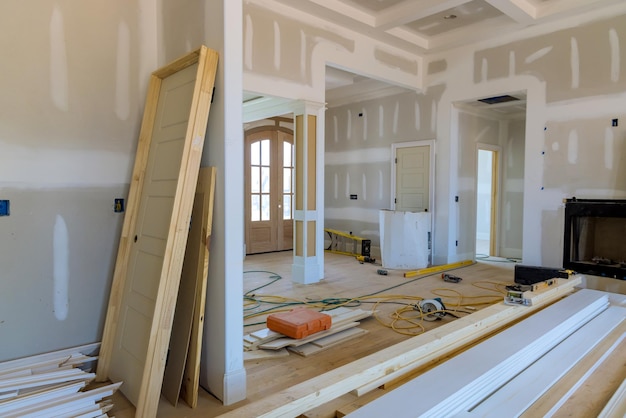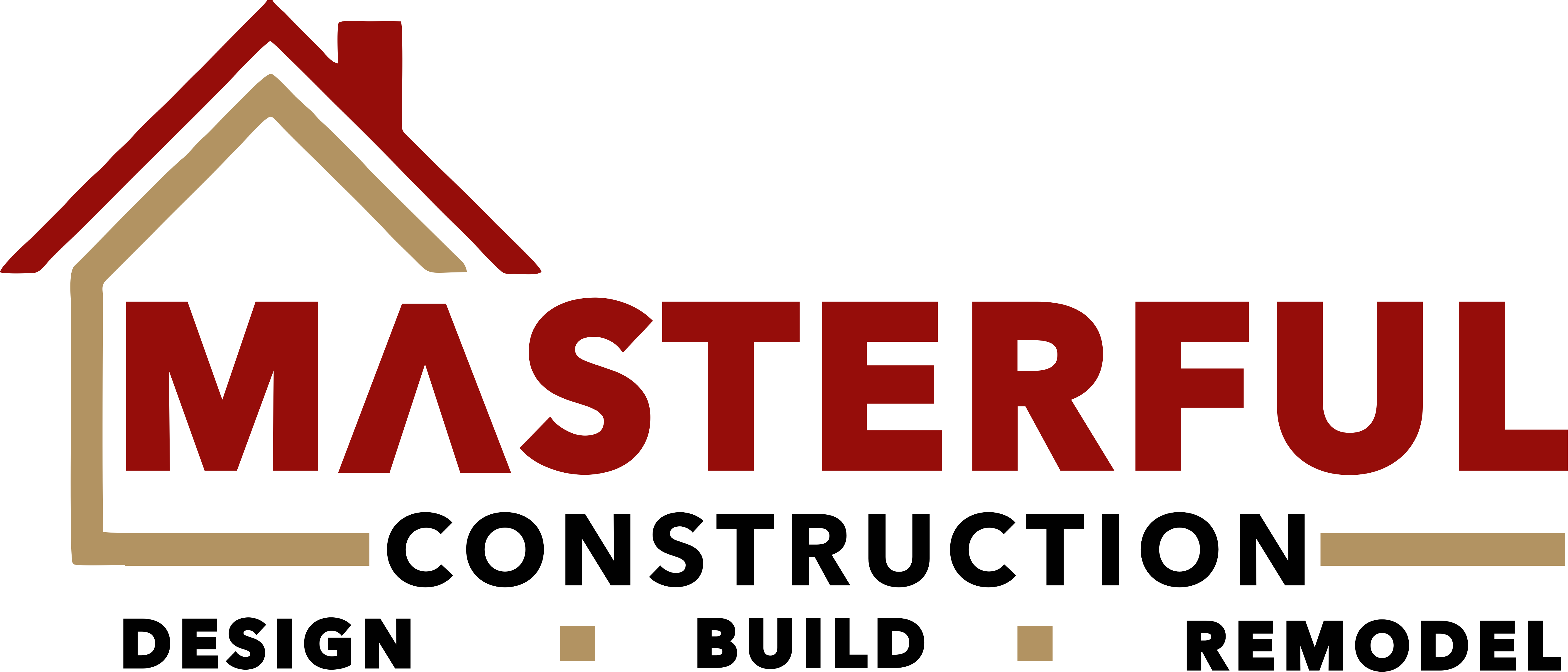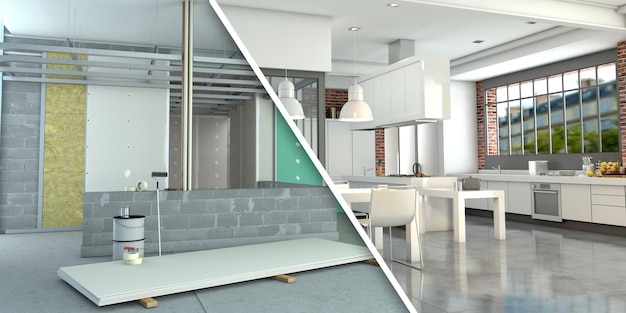In recent years, the concept of sustainability has become increasingly important in every aspect of our lives, especially in home remodeling. Whether you’re undertaking a minor update or a major renovation, there are numerous ways to incorporate green practices into your project. Let’s delve into how you can remodel your home sustainably, enhancing not only its value but also its environmental impact.
Choose Eco-Friendly Building Materials
One of the most significant ways to incorporate sustainability into your home remodel is by using eco-friendly building materials. These materials are either derived from renewable resources, recycled materials, or have low-impact manufacturing processes. They are more environmentally friendly and often healthier as they typically have low VOC (Volatile Organic Compounds) levels.
Consider Bamboo and Cork
Bamboo and cork are renewable resources that make excellent choices for flooring and cabinetry. They are durable, stylish, and have minimal impact on the environment.
Opt for Recycled Materials
Recycled materials such as reclaimed wood or recycled metal can add character to your home while reducing landfill waste. You could use reclaimed wood for flooring, beams, or countertops, and recycled metal for roofing or backsplashes.
Invest in Energy-Efficient Appliances and Systems
Energy-efficient appliances and systems are not just a trend; they’re a necessity in a sustainable home remodel. These appliances use less energy and water, helping reduce your carbon footprint and your utility bills.
Go for ENERGY STAR Appliances
ENERGY STAR certified appliances, including refrigerators, dishwashers, and HVAC systems, are designed to consume less energy, making them a wise investment for a green home.
Install Solar Panels
Although solar panels require an initial investment, they can generate substantial energy savings over time. Solar panels convert sunlight into electricity, reducing reliance on non-renewable resources.
Improve Your Home’s Insulation
Good insulation is crucial for an energy-efficient home. It reduces the need for excessive heating and cooling, conserving energy, and saving you money in the long run.
Use Insulated Windows
Double or triple-pane windows filled with inert gases have great insulating properties, helping to maintain indoor temperatures and reduce energy consumption.
Insulate Your Walls and Roof
Consider using insulation materials such as cellulose, a plant-based material, or sheep’s wool, which is a renewable resource. These materials can significantly reduce heat loss or gain in your home.

Incorporate Water-Saving Features
Water conservation is an integral part of sustainable home remodeling. There are numerous ways to reduce water usage in your home without sacrificing comfort or convenience.
Install Low-Flow Fixtures
Low-flow faucets, showerheads, and toilets can reduce your water usage significantly. Look for fixtures with the WaterSense label, which are 20% more water-efficient than average products in that category.
Use a Rainwater Harvesting System
Rainwater harvesting systems collect and store rainwater for use in gardening, reducing your demand for water supply.
Conclusion
Incorporating sustainability into your home remodel is not just good for the environment; it’s also beneficial for you. It can increase your home’s value, reduce your utility bills, and create a healthier living environment.
Key Takeaways
- Choose eco-friendly building materials like bamboo, cork, or recycled materials.
- Invest in energy-efficient appliances and systems such as ENERGY STAR certified products and solar panels.
- Improve your home’s insulation with double or triple-pane windows and natural insulation materials.
- Incorporate water-saving features like low-flow fixtures and rainwater harvesting systems.
In the long run, a sustainable home remodel is an investment that pays off for both you and the environment. Remember, every small change contributes to a more sustainable future.

